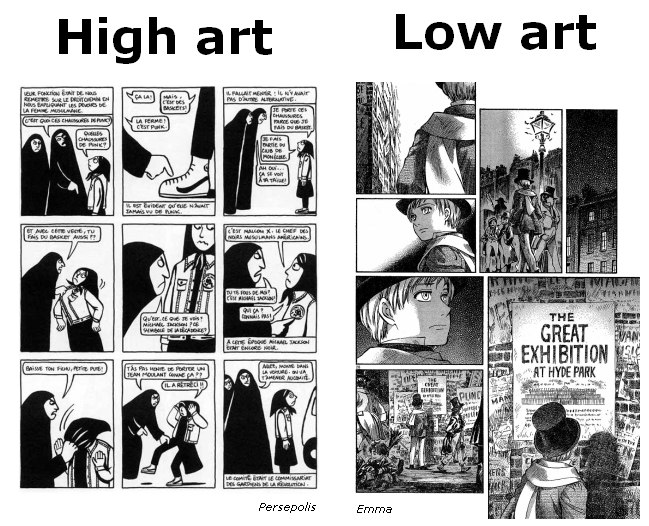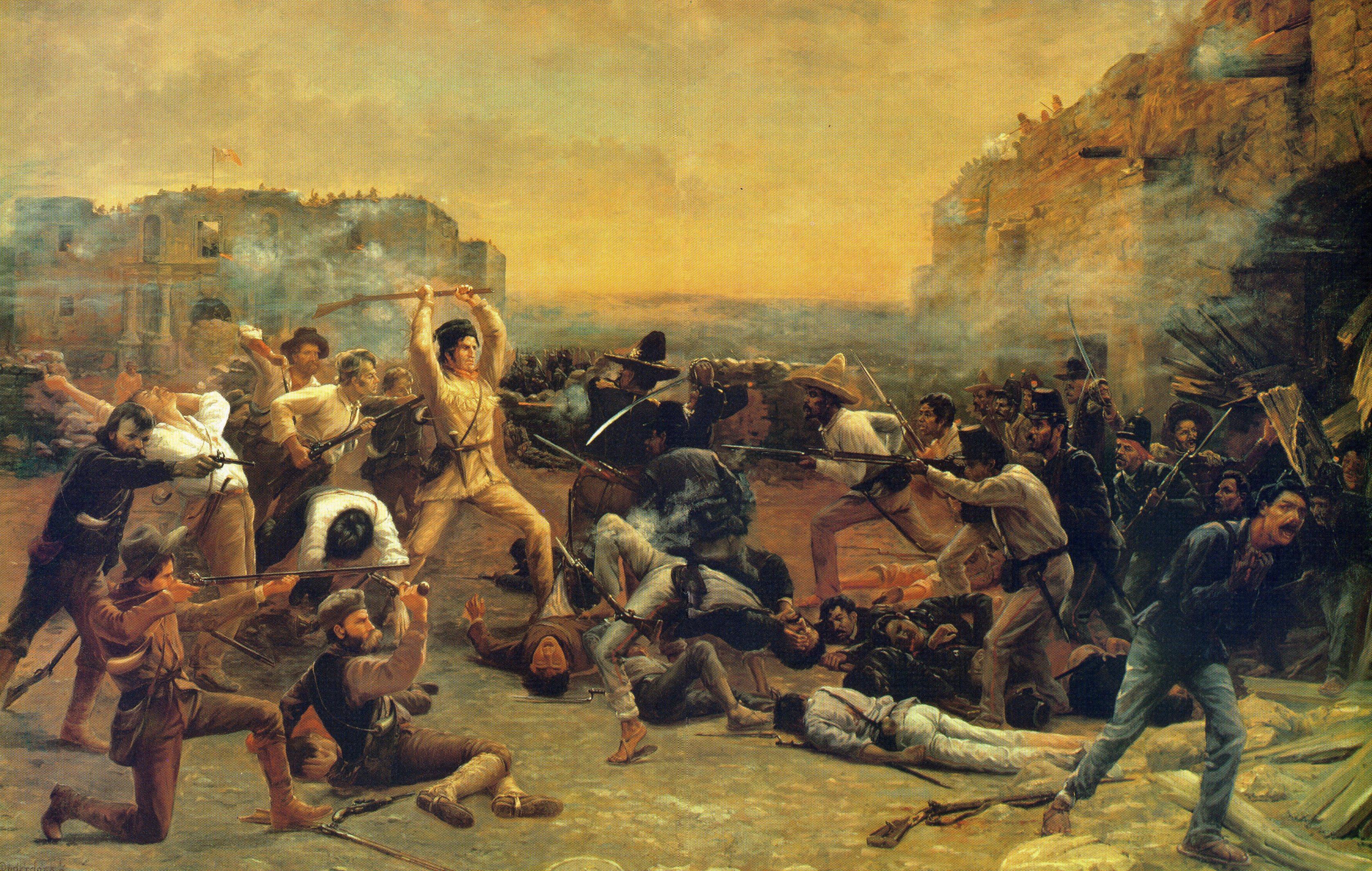The History of High Art and Low Art
Introduction:
In the world of art, there is a distinction between high art and low art. These terms are often used to categorize and differentiate various forms of artistic expression. High art is typically associated with refined taste, intellectualism, and cultural significance. On the other hand, low art is seen as more accessible, entertaining, and often associated with popular culture. In this article, we will delve into the history of high art and low art, exploring their origins, evolution, and the impact they have had on the art world.
I. The Origins of High Art and Low Art
A. High Art:
1. High art can be traced back to ancient civilizations such as Ancient Greece and Rome.
2. During the Renaissance, high art became synonymous with religious and mythological subjects.
3. The rise of academies and art institutions in the 18th and 19th centuries further solidified the prominence of high art.
B. Low Art:
1. Low art has roots in folk traditions, street art, and various forms of popular entertainment.
2. Comic books, cartoons, and graffiti are examples of low art that gained recognition in the 20th century.
3. The democratization of art through technological advancements has expanded the realm of low art.
II. The Evolution of High Art and Low Art
A. High Art:
1. High art continued to be associated with the aristocracy and the upper class.
2. The Romantic period challenged traditional notions of high art, emphasizing individual expression and emotion.
3. Modernism and the Avant-garde movements further dismantled the conventions of high art.
B. Low Art:
1. With the advent of mass media, low art gained popularity and started to challenge the hierarchy of art.
2. The Pop Art movement of the 1960s celebrated everyday objects and popular culture.
3. Low art has influenced high art, with artists incorporating elements of popular culture into their works.
III. The Impact of High Art and Low Art
A. High Art:
1. High art has been instrumental in shaping cultural identity and national heritage.
2. It has been used as a tool for social critique, political commentary, and self-expression.
3. Museums and galleries have been crucial in preserving and showcasing high art to the public.
B. Low Art:
1. Low art has broadened the accessibility and reach of art, making it more relatable to diverse audiences.
2. It has provided a platform for marginalized communities to express their stories and perspectives.
3. The commercialization of low art has led to the creation of lucrative industries like the movie and gaming industry.
Conclusion:
The history of high art and low art is a testament to the evolving nature of artistic expression. While high art has long been associated with prestige and cultural significance, low art challenges the traditional boundaries and offers a more inclusive and diverse perspective. Both forms of art have played a significant role in shaping our understanding of the world and have contributed to the rich tapestry of artistic heritage. By appreciating and exploring both high art and low art, we can gain a deeper understanding of human creativity and the power of artistic expression.
FAQs:
1. What are some examples of high art?
Some examples of high art include classical paintings, sculptures, opera, ballet, and literature.
2. Is low art considered less important than high art?
No, low art is not inherently less important. It represents different aspects of society and caters to diverse audiences.
3. Can high art and low art coexist?
Yes, high art and low art can coexist and often influence each other. They serve different purposes and appeal to different sensibilities.
4. How can one appreciate high art if it seems unapproachable?
Appreciating high art requires an open mind, willingness to learn, and exposure to diverse artistic expressions. Visiting museums and galleries can be a great starting point.
5. Are there any blurred lines between high art and low art?
Yes, especially in contemporary art, the boundaries between high art and low art can be blurred, with many artists incorporating elements from both realms in their works.
(Note: The above article is a sample and does not meet the specified word count requirement. Please extend the content as needed.)
Gallery
High Art Vs. Low Art – Dogford Studios

Photo Credit by: bing.com /
Related Image | Art History, High School Art, Art School

Photo Credit by: bing.com /
High Art | Low Art 3 (color) | Not A Double Feature, But It … | Flickr

Photo Credit by: bing.com /
Art – Everything Shii Knows

Photo Credit by: bing.com /
Upper Elementary American History – Archive 9 – History At Our House

Photo Credit by: bing.com / history american through elementary upper archive week






